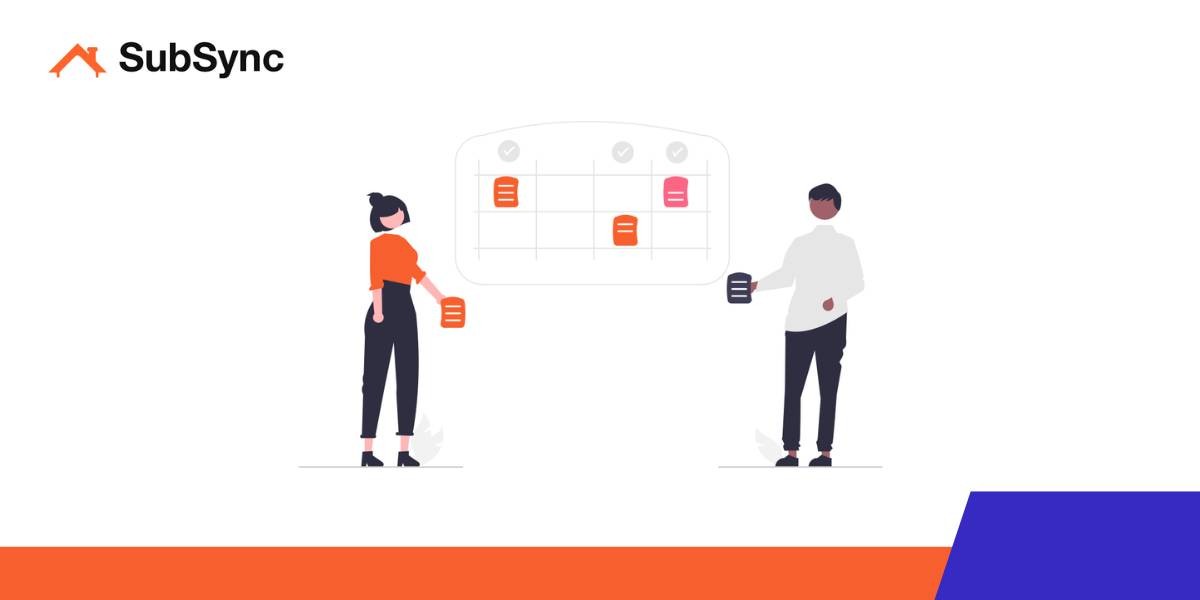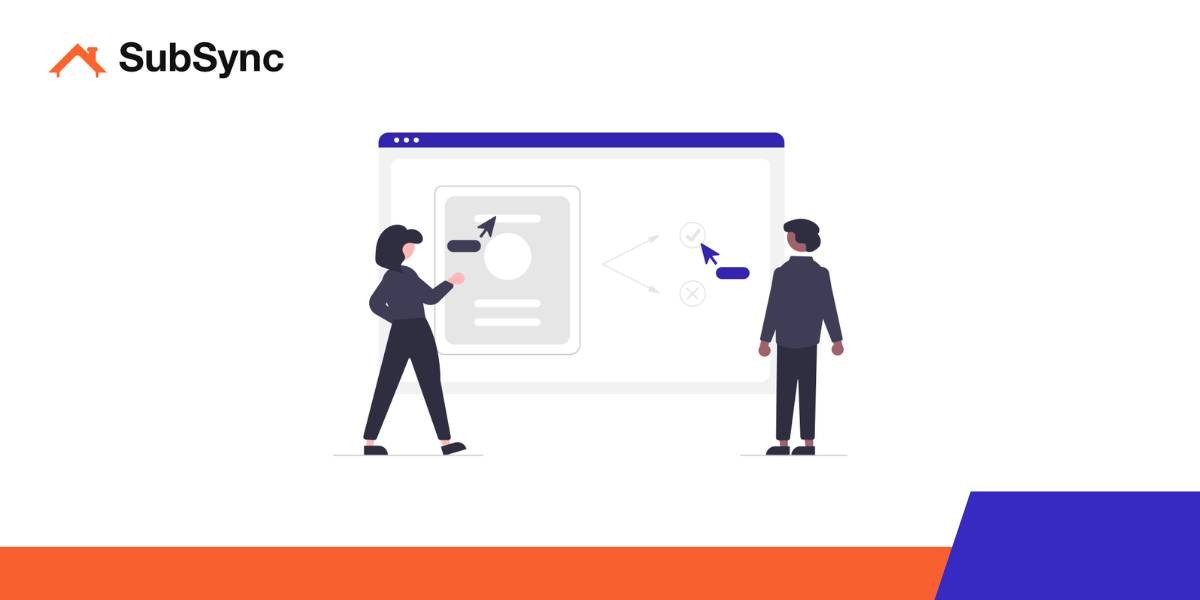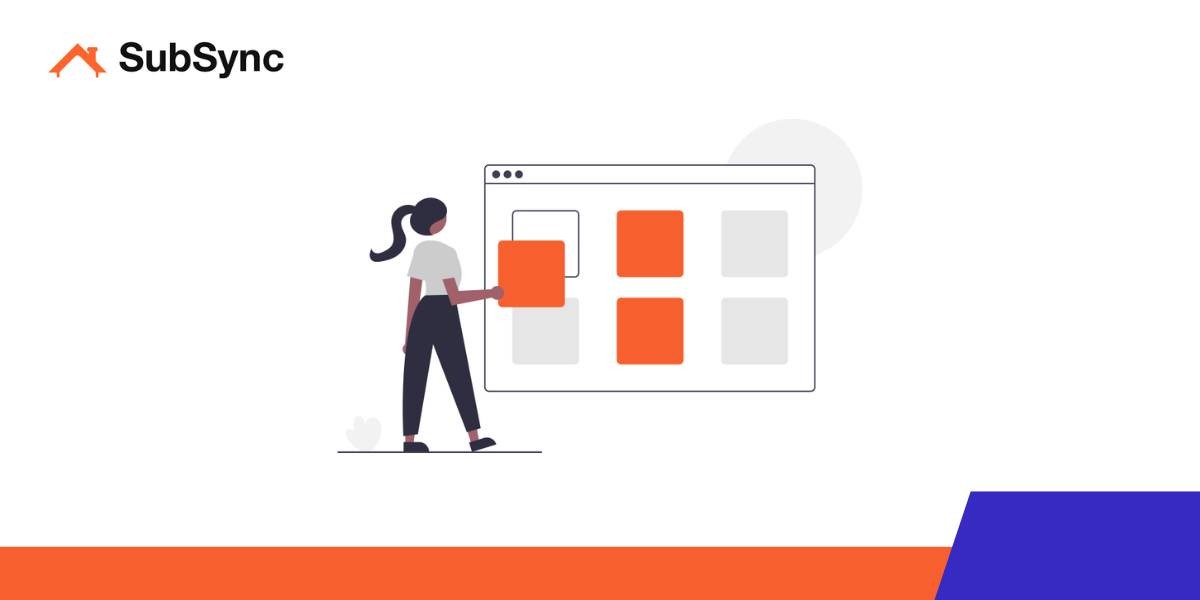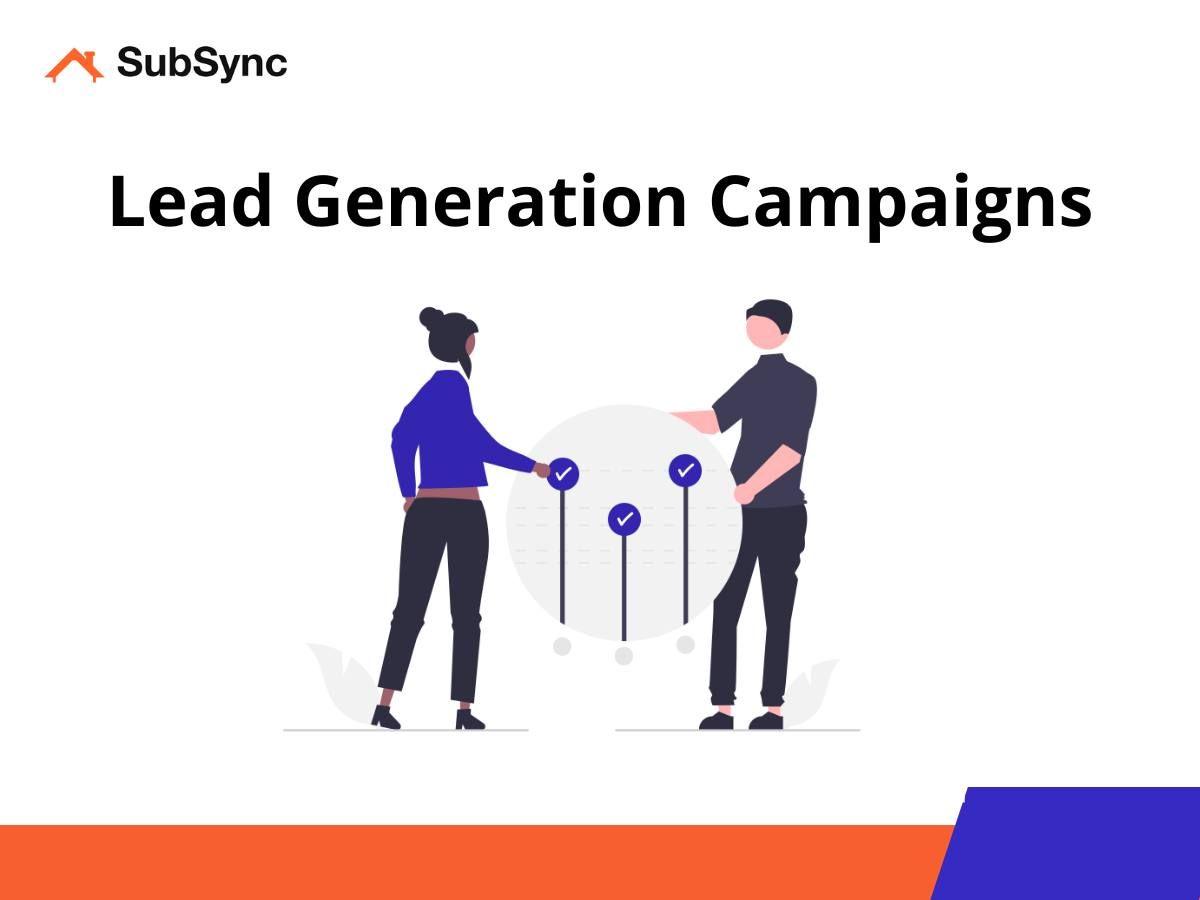Lead Generation Campaigns: The Ultimate Guide for 2024
Sep 11, 2024
In this article, we will explore exactly what lead generation campaigns are. We also share our simple 10 step process for generating leads through campaigns. Read on to learn more.

What Is a Lead Generation Campaign?
A lead generation campaign is a marketing strategy designed to attract and convert potential customers into leads by capturing their interest in a product or service. It typically involves targeted promotional activities and offers that encourage user engagement and data submission.
Example: A company like Adobe may run a lead generation campaign offering a free 30-day trial of Adobe Photoshop to capture contact details of potential customers interested in graphic design software. This campaign leverages targeted ads on social media platforms to engage users and encourage sign-ups.

Benefits of Using Campaigns for Lead Generation
Here are some of the most common benefits of using campaigns for generating leads:
1. Targeted Audience Reach for Improved Marketing Efficiency
Lead generation campaigns allow businesses to focus their marketing efforts on specific demographic or interest groups. By targeting ads and content to a well-defined audience, companies can improve the efficiency of their marketing spend and increase the quality of the leads they gather.
2. Enhanced Brand Awareness through Multiple Touchpoints
These campaigns often involve multiple touchpoints across various platforms, which helps increase visibility and awareness of a brand. Consistent exposure to the company's messaging can help build trust and establish a brand's reputation in the market.
3. Measurable Results for Data-Driven Optimization
Lead generation campaigns provide actionable data that can be analyzed to measure the effectiveness of different strategies and marketing channels. This data-driven approach allows companies to optimize their campaigns based on performance metrics, leading to better ROI and resource allocation.
4. Increased Engagement with Potential Customers
By offering valuable content or exclusive deals, lead generation campaigns can stimulate interest and engage potential customers. Engaging with prospects through interactive elements like quizzes, webinars, or free trials can increase the likelihood of conversion.
5. Scalability to Match Business Goals and Market Conditions
Campaigns for lead generation can be scaled up or down with relative ease, depending on budget, resources, and business goals. This scalability makes it suitable for businesses of all sizes, allowing them to adjust their strategies in response to market conditions or business needs.

10 Step Process for Generating Leads Through Campaigns
Use our 10 step lead generation campaign process to effectively boost your customer base. Simply follow the steps below:
1. Identify and Define the Target Audience
Identify the specific demographic or interest group that your campaign will target. This precision helps in tailoring content and promotions to those most likely to engage with your product or service.
Example: For a campaign promoting a new fitness tracker, FitnessPro 5000, target an audience aged 25-40 who regularly engage in physical activities. Ads could be placed on fitness blogs and social media groups dedicated to wellness and outdoor activities.
2. Establish Specific Campaign Goals
Determine what you want to achieve with your lead generation campaign, such as increasing email sign-ups, downloads of a white paper, or trial sign-ups. Clear objectives guide the creation of campaign content and the choice of promotion channels.
Example: If the objective is to increase software trial sign-ups for CloudManage Suite, you might offer a free 30-day trial. The campaign could aim for at least 200 new sign-ups per month through LinkedIn ads targeted at IT professionals.
3. Develop Engaging and Relevant Content
Develop engaging and informative content that resonates with your target audience. This could include blog posts, videos, infographics, or ebooks that address their interests and needs.
Example: For a campaign targeting small business owners, create an ebook titled "10 Ways to Streamline Your Business Operations with TechTools," promoting TechTools software. Aim to distribute this ebook through email blasts and partner websites, tracking downloads and engagement metrics.
4. Select Optimal Promotion Channels
Select channels that best reach your target audience effectively. This could involve social media, email marketing, PPC ads, or partnerships with other businesses.
Example: Launch a Facebook ad campaign for a new line of eco-friendly cleaning products, aiming to reach environmentally conscious consumers. Spend $5,000 on ads targeting users interested in sustainability, expecting to generate at least 500 leads.
5. Implement Effective Lead Capture Techniques
Set up methods for capturing lead information, such as sign-up forms, landing pages, or call-to-action buttons on your website or social media pages.
Example: For a webinar on the latest real estate trends, use a dedicated landing page with a simple sign-up form requiring names and email addresses. The goal is to capture leads interested in real estate investments, aiming for 300 sign-ups.
6. Officially Launch the Campaign
Initiate your campaign according to the planned schedule. Ensure all materials are in place and that the team is prepared to monitor performance and engage with respondents.
Example: Launch the "Summer Fitness Challenge" campaign on June 1st, using targeted Instagram stories featuring the FitTrack D500 to attract participants. Set a target of 1,000 sign-ups in the first week with a budget of $10,000 for paid ads.
7. Monitor, Analyze, and Optimize the Campaign
Track the campaign’s performance regularly and make adjustments based on analytics and feedback. Optimization can involve tweaking ad copy, adjusting targeting, or reallocating budget to better-performing channels.
Example: If initial results show low engagement on PPC ads for the ChefMaster Cooking App, shift focus to a more successful influencer marketing strategy on Instagram, using popular cooking influencers to drive better results.
8. Nurture and Engage Leads Post-Campaign
Develop a strategy to nurture the leads obtained from the campaign. This might include follow-up emails, special offers, and valuable content to convert leads into customers.
Example: Send a series of three follow-up emails to leads generated from the "Ultimate Gardening Guide" download, offering exclusive discounts on GardeningCo's new tool line. Track open and conversion rates to measure effectiveness.
9. Evaluate the Overall Success of the Campaign
Assess the overall success of the campaign based on the initial objectives and ROI. Analyze what worked and what didn’t for future improvements.
Example: Evaluate the "Tech for Teachers" promotional campaign by comparing the number of educational software subscriptions before and after the campaign. Aim for a 25% increase in subscriptions as a measure of success.
10. Refine Strategies for Future Campaigns
Use the insights gained from the campaign to refine your strategy for future campaigns. Continuous improvement helps in adapting to changing market conditions and audience preferences.
Example: After a moderately successful launch of the new book "Financial Freedom," use customer feedback to improve the next campaign. Adjust targeting to focus more on personal finance platforms and increase budget allocation to content marketing.

Lead Generation Through Campaigns Example
GreenGlow Cosmetics is a popular beauty brand known for its innovative skincare products and commitment to natural ingredients. Here's how they implemented our simple 10 step lead generation campaign approach to increase customer engagement and market share.
1. Segmenting the Target Audience by Beauty Preferences
GreenGlow Cosmetics compiles data from customer surveys and social media analytics to segment their audience into groups such as "natural ingredient enthusiasts" and "anti-aging product seekers." They create profiles for each segment to tailor their marketing messages effectively.
2. Establishing Campaign Objectives for Organic Skincare Line
Set specific targets for the new organic skincare line, aiming to generate 500 sign-ups for product samples and increase online engagement by 30% within three months. These goals guide the content creation and promotional strategies.
3. Developing Content Tailored to Skincare Concerns
Produce a series of blog posts and tutorial videos focusing on the benefits of organic ingredients for sensitive skin. Track engagement metrics such as views, shares, and comments to refine content strategy.
4. Selecting Influencers for Social Media Collaboration
Partner with five skincare influencers whose followers align with GreenGlow's target demographics. Each influencer will share personal testimonials and product benefits, aiming to reach an audience of over 100,000 potential customers.
5. Creating Engaging Landing Pages for Sample Sign-ups
Design landing pages specifically for the organic skincare line with embedded video content and customer testimonials. Include a simple sign-up form to collect contact information, aiming for a conversion rate of at least 5%.
6. Launching a Multi-Platform Advertising Campaign
Initiate the campaign with synchronized ads across Instagram, YouTube, and Pinterest on a set date. Allocate a budget of $20,000, focusing on maximizing reach and tracking click-through rates.
7. Monitoring Real-Time Engagement and Adjusting Ads
Use analytics tools to monitor ad performance daily. Adjust messaging and visuals in real-time based on which ads perform best, reallocating budget to the most effective platforms.
8. Nurturing Leads with Follow-Up Emails
Send a series of three personalized emails to those who signed up for samples, offering additional information on the products and exclusive discounts on their first purchase.
9. Evaluating Campaign Impact on Sales and Engagement
After the campaign ends, compare the number of new customers acquired and the overall engagement rates with the objectives set at the beginning. Determine the success of the campaign in terms of ROI and customer feedback.
10. Refining Marketing Strategies Based on Campaign Insights
Analyze customer interaction data and sales figures to identify successful elements of the campaign. Plan future marketing strategies to incorporate these insights, adjusting targeting and promotional tactics to better meet customer needs.
We hope that you now have a better understanding of what lead generation campaign strategies are and how to use our 10 step process for generating leads through campaigns. If you enjoyed this article, you might also like our article on challenges in lead generation or our article on examples of lead generation campaigns.





